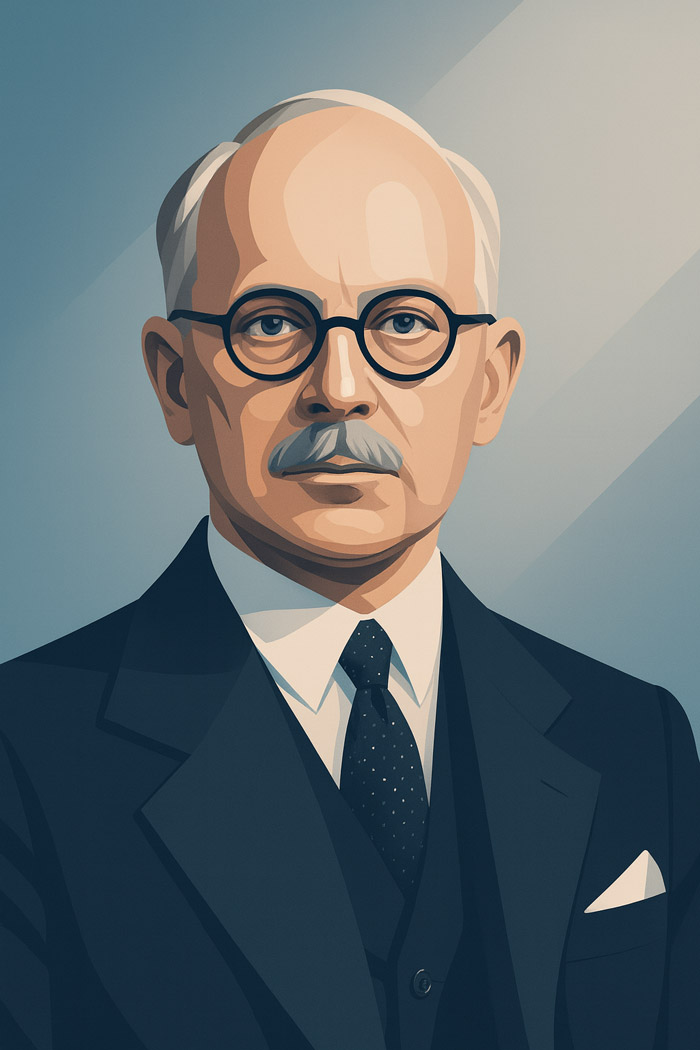 During World War II, British fighter pilots sometimes sustained eye injuries when the acrylic canopies of their aircraft shattered in combat. Remarkably, ophthalmologist Harold Ridley observed that the polymethyl methacrylate (PMMA) shards lodging in their eyes caused no inflammation or rejection. He realized this wartime serendipity hinted at a medical breakthrough. If the eye tolerated PMMA debris so well, perhaps a tiny PMMA lens could be safely implanted to replace the clouded natural lens in cataract surgery. Ridley’s insight was the seed of a revolutionary idea.
During World War II, British fighter pilots sometimes sustained eye injuries when the acrylic canopies of their aircraft shattered in combat. Remarkably, ophthalmologist Harold Ridley observed that the polymethyl methacrylate (PMMA) shards lodging in their eyes caused no inflammation or rejection. He realized this wartime serendipity hinted at a medical breakthrough. If the eye tolerated PMMA debris so well, perhaps a tiny PMMA lens could be safely implanted to replace the clouded natural lens in cataract surgery. Ridley’s insight was the seed of a revolutionary idea.
The First Lens Implant
In 1949, Dr. Ridley put his idea into practice. At St. Thomas’ Hospital in London, he performed the world’s first intraocular lens (IOL) implant. He crafted the lens from Perspex (PMMA), the same plastic he had seen in pilots’ eyes. This bold surgery defied convention: at the time, most doctors believed any foreign material in the eye would trigger catastrophic inflammation. Ridley faced skepticism and even ridicule for his innovation. Over years of clinical work and advocacy, however, he gradually proved the concept. By the 1970s, his intraocular lenses had gained acceptance, and by the 1980s, IOL implantation had become a commonplace procedure. In other words, Ridley’s perseverance transformed a wartime observation into the foundation of modern cataract care.
From Controversy to Common Practice
Over the ensuing decades, Ridley’s once-radical idea became the gold standard in ophthalmology. Today, cataract surgery with a tiny implanted lens is one of the most commonly performed surgeries worldwide. Today, roughly 30 million people receive this procedure each year. Patients around the globe now enjoy clear vision thanks to a lens implant — a method that would have been unimaginable in the 1940s. As one review notes, Ridley’s work “laid the groundwork for one of the most widely performed and successful surgeries in the world today”. His legacy is measured in millions of restored sightlines.
Dr. Ridley lived to see his once-radical concept fully embraced. His groundbreaking work earned him numerous international honors, and in 2000, he was knighted by Queen Elizabeth II at the same ceremony as actor Sean Connery.
Continuing the Legacy at Barnet Dulaney Perkins
Barnet Dulaney Perkins Eye Center has been part of this innovation from the start. In fact, we were the first in Arizona to adopt intraocular lens implants, beginning in 1972, and we have remained at the forefront of vision correction ever since. Our surgeons have performed thousands of lens implant surgeries, helping patients with cataracts, astigmatism, nearsightedness, or farsightedness reduce their dependence on glasses or contacts. With over 10,000 lens procedures each year, Barnet Dulaney Perkins is one of the busiest eye surgery centers in the country. We embrace new technologies—from premium IOLs to the latest biometry and laser systems—so our patients receive care that combines a rich history with cutting-edge science.
As you consider cataract or lens implant surgery, you join a long-standing legacy of innovation. The tiny lens placed in your eye originates from a WWII pilot’s shattered canopy. Recognizing this impact, one expert notes that Ridley’s pioneering work “profoundly impacted ophthalmology and improved life for millions.” At Barnet Dulaney Perkins, we advance that legacy. We combine this heritage with our surgeons’ expertise to earn your trust and deliver exceptional vision care.
Why It Matters Today
This remarkable wartime accident reminds us that breakthroughs can come from unexpected places. Thanks to Dr. Ridley’s courage in challenging convention, people today undergo cataract surgery with greater confidence. Modern lens implants are safe, routine, and life-changing. And at Barnet Dulaney Perkins Eye Center, we honor that history by delivering state-of-the-art cataract care. This inspiring story guides your journey to a clearer vision, and our experts support you every step of the way.

